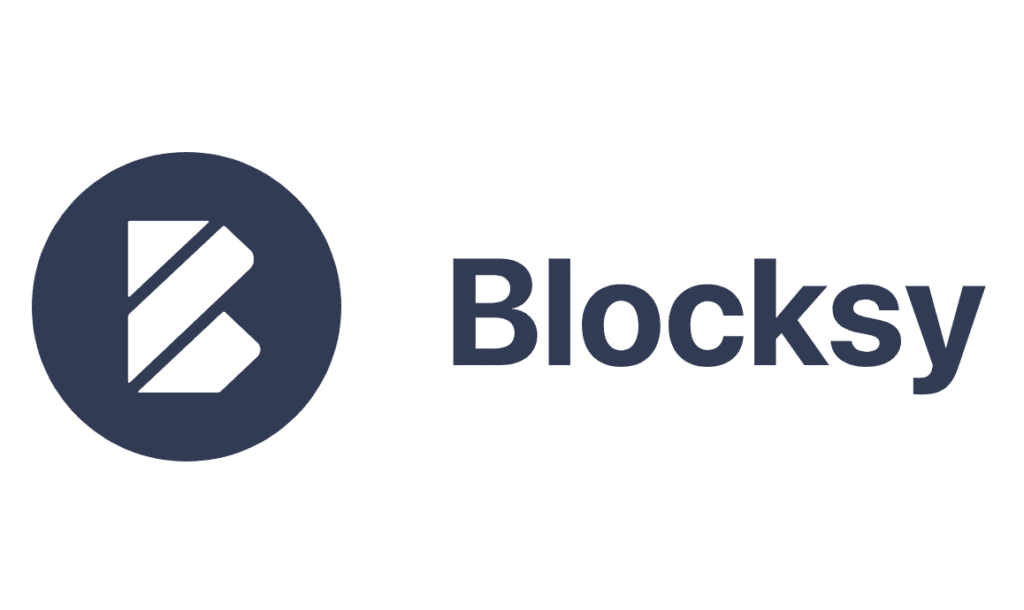When Sergiu Radu and Andrei Glingeanu launched their free Blocksy theme nearly two years ago, they were surprised by how quickly their business grew during a global pandemic without any investment in marketing. Blocksy is now active on more than 20,000 WordPress sites and its commercial version, launched in October 2020, has grown to where both founders are now working full-time on the project.
Apart from inadvertently gaining a few mentions on some blogs and YouTube channels, Radu said his team has done nothing to market the theme. Users have most often been referred by word of mouth and many have gotten linked into the community through Blocksy’s Facebok group, which has grown to more than 2,200 members. Users join the group to discuss the theme and share their knowledge with each other.
Three months ago, Blocksy’s founders hired two more teammates to assist with support and manage the theme’s Facebook community. Radu said he thinks support has been the most important factor in the theme’s growth. His team offers support to free users as well as those those who opt to pay for Blocksy Pro. The ticketing system is open for everyone using the theme. This might explain why Blocksy has maintained a perfect 5-star rating on WordPress.org with 455 reviews.
Another factor in the theme’s success is its free starter sites that enable users to get going right away. In the past month, the Blocksy team has released three new starter sites, bringing the total to 10 (double the number available this time last year). Yogi, the latest release, is based on the block editor and was designed to showcase Blocksy’s capabilities for customizing and managing custom post types. These are registered with the help of WP Meta Box.
In April, the team released Tasty, a starter site that uses the Recipe Card Blocks plugin by WPZOOM. If you’re looking for a recipe theme and plugin combination that supports the block editor, these two work seamlessly together. The team also launched Homi, a block-based WooCommerce starter site built with Stackable.
The starter themes can be imported with one click and users get exactly what they see in the demo without having to figure out how to arrange it. An onboarding wizard guides the user through setting up a child theme and installing any necessary plugins. It imports all the posts, pages, comments, navigation menus, custom fields, terms and custom posts that are seen in the demos.
Radu said the team plans to release 3-4 more starter sites in the near future, targeting different niches, including blogger, agency, lawyers, wedding, and music/bands.
Blocksy’s developers are currently working on adding some new WooCommerce features in the next update, along with a portfolio extension. They are also working on a plan to make it easier to create starter sites.
“It’s very hard at the moment to create our starter sites,” Radu said. “Almost all Gutenberg plugins out there lack design options or other things that we may need in order to create a nice starter site. So we were feeling very limited and thought why not create our own suite of blocks that are going to meet all our needs?”
Blocksy currently uses Stackable blocks to create the demo sites. Radu said that although his team may eventually transition to using their own suite of blocks exclusively, they may also continue making starter sites with Stackable since their users like that particular block library so much. The team plans to begin building their own suite of Gutenberg blocks after the next update, beginning with a free version, followed by a pro version with some more advanced blocks.
This content was originally published here.




